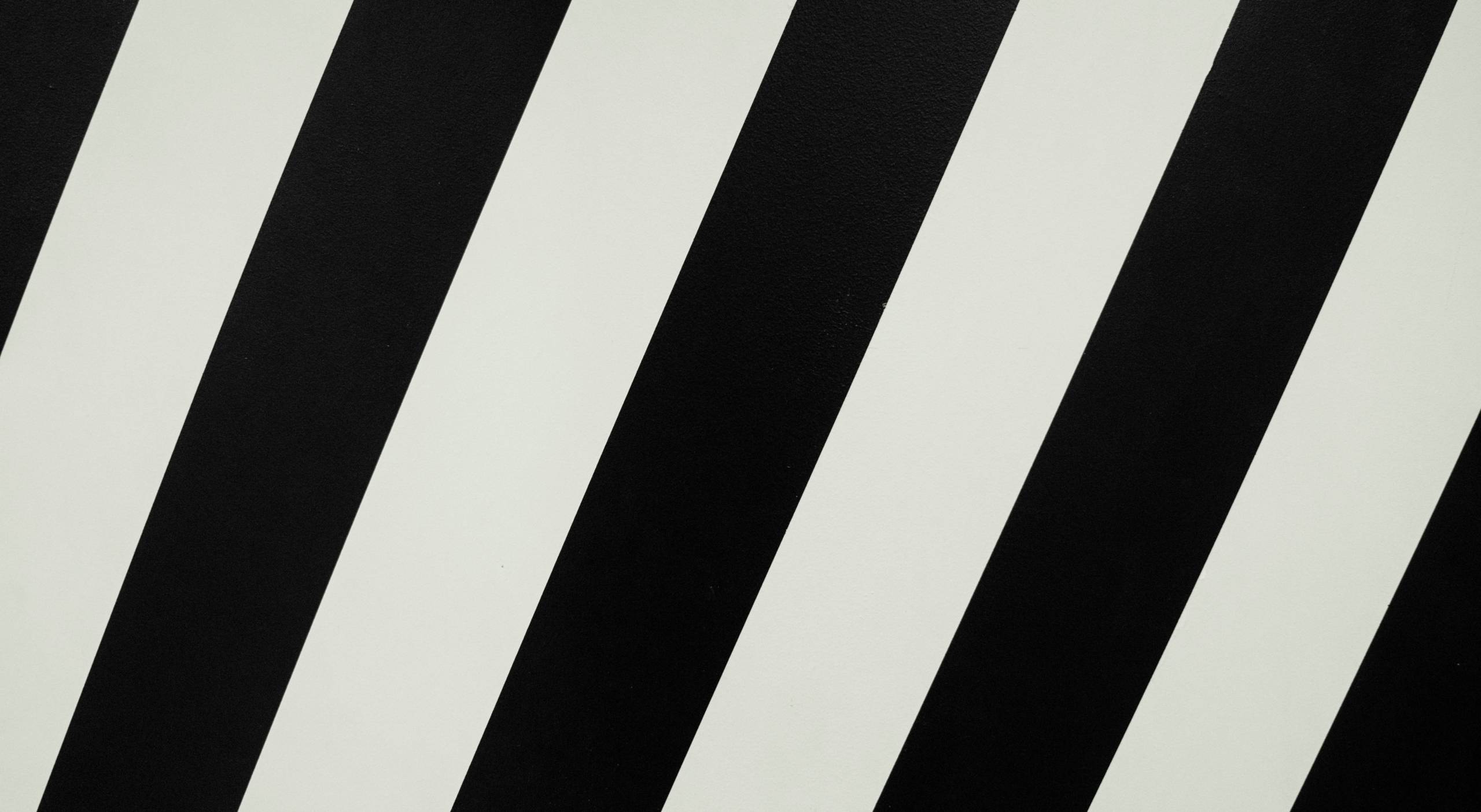I don’t have black and white in my color palette. So, now what?
The fear of not having black and white in a wardrobe is prevalent. People are generally very attached to black, likely because of the idea that “every woman should own a black dress” or the belief that black is a basic necessity for building a wardrobe.
The same thing happens with white. The white t-shirt is often considered a ‘must-have’ because it can be a chic alternative to wear with either a pair of jeans or smart trousers. Therefore, when you tell someone “black or white is not included in your color palette,” they can panic. We need to stop perpetuating these beliefs and instead understand what is truly necessary for a solid foundation for a functional wardrobe.
In this context, black and white are considered neutral colors. However, in other color palettes such as Light Spring and Light Summer, these colors can be too harsh, especially when worn close to the face. For this reason, they could be replaced by brown or gray, colors that work better with the other shades in these two color palettes, making it easier to coordinate everything and, therefore, be the right basics, providing a foundation to build up the wardrobe with the right neutrals.
In these considerations, I am solely thinking about color coordination itself. However, a good color analyst would also take into account the client’s style. This means someone with a bold style might prefer wearing more black than brown, even though they don’t have it in their color palette. Therefore, the best approach would be to explain to this client how to wear black and minimize the impact of the shadows that black can create on their face.
Do not let the fear of not having black and white in your swatch prevent you from getting a color analysis. Color analysis should empower people, not restrict them.

